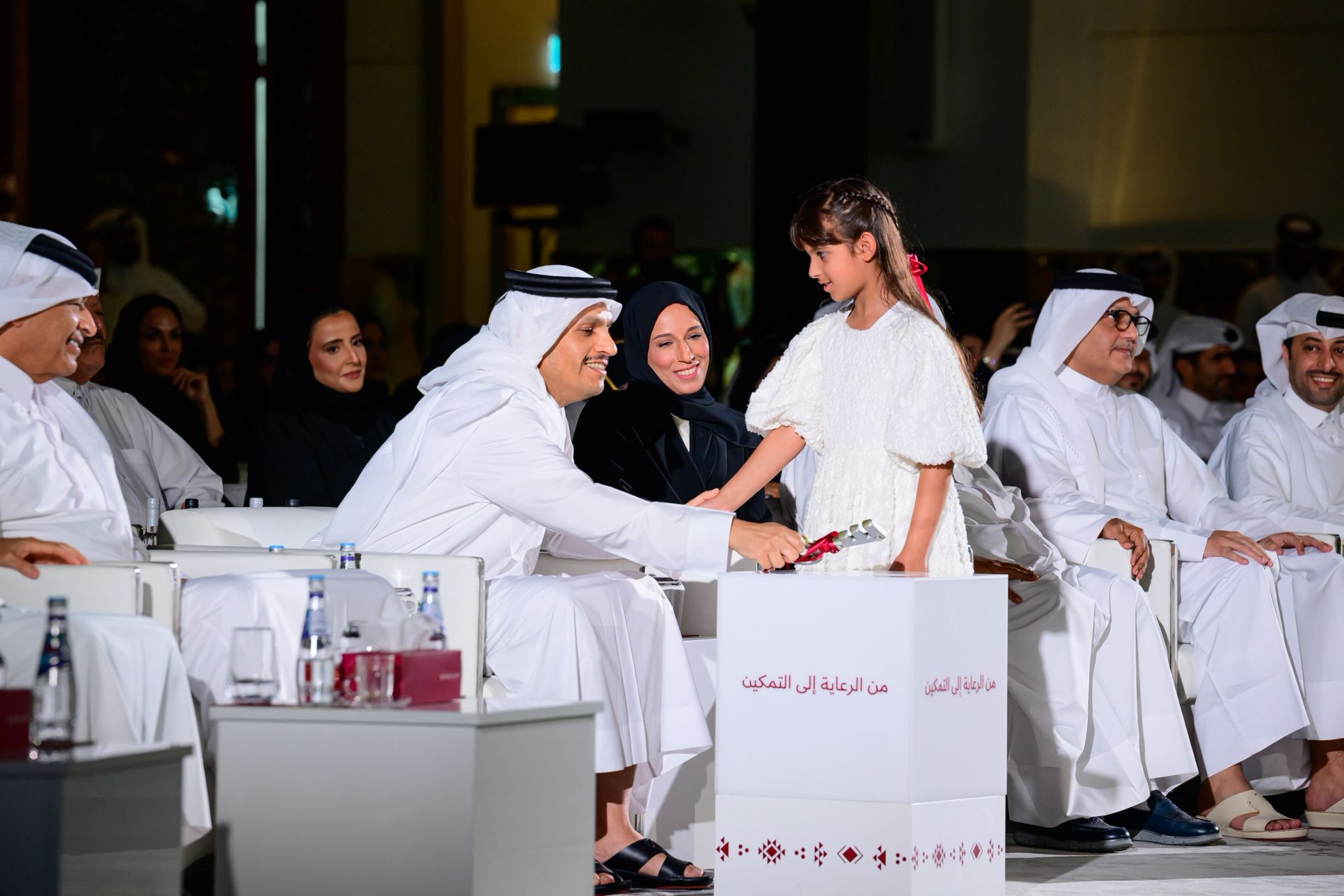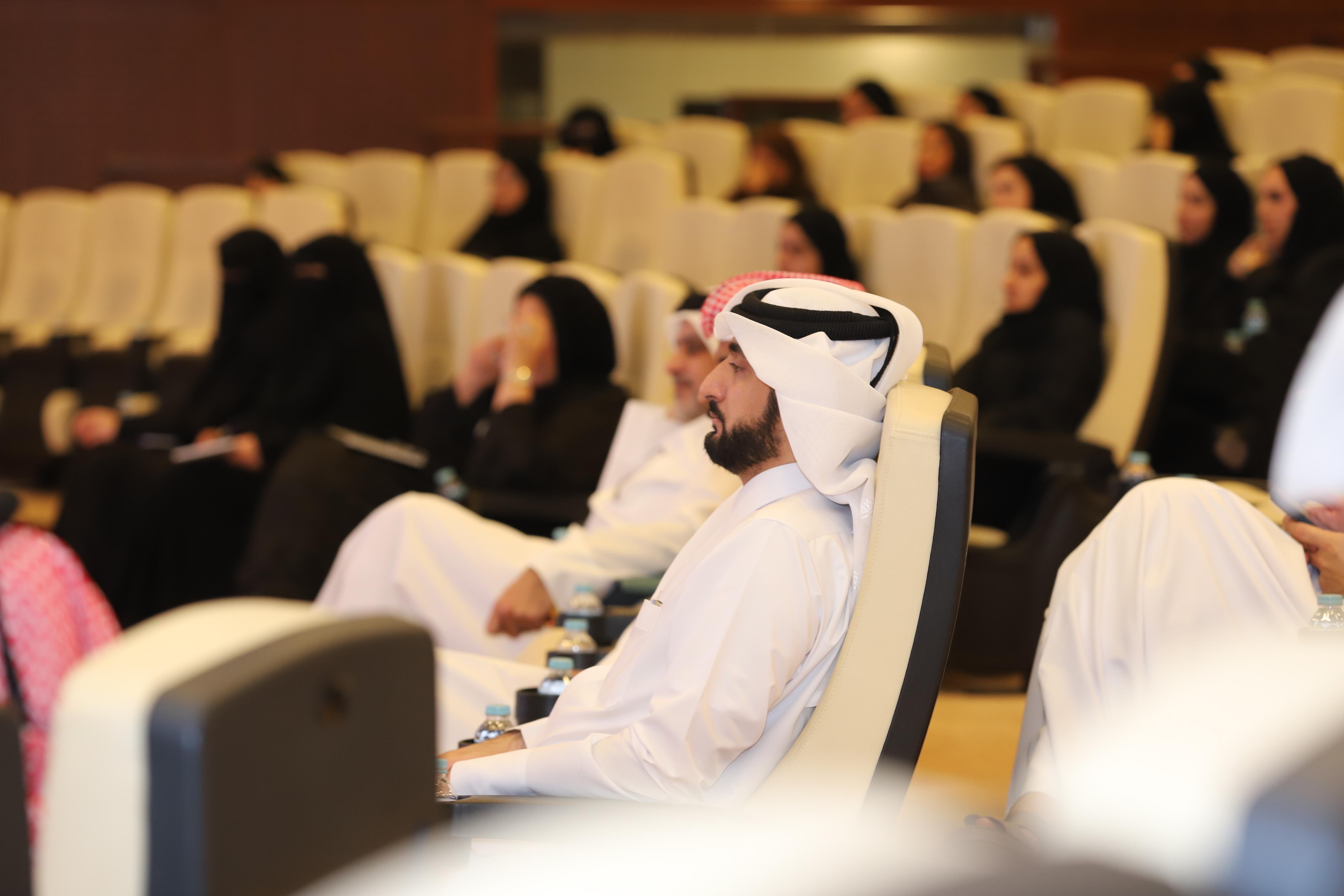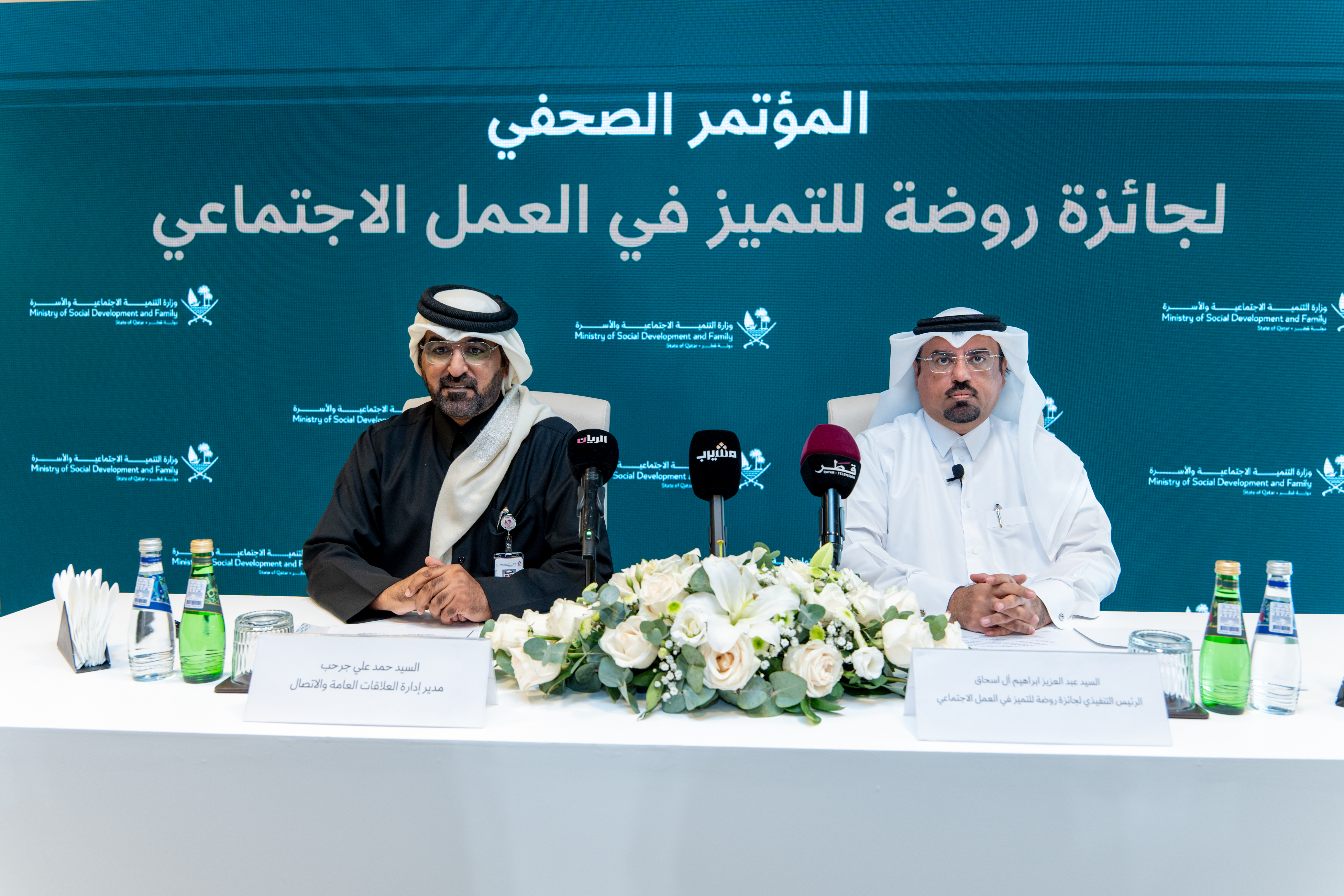HE Minister of Social Development and Family launches avatar “Bo Hamad” a virtual sign language interpreter to promote digital inclusion in Qatar
Minister of Social Development and Family H E Maryam bint Ali bin Nasser Al Misnad has launched “BoHamad” avatar, a virtual interpreter of Qatari sign language on the website of the Ministry of Social Development and Family (MSDF).
With this initiative, the Ministry has become the first government agency in Qatar to adopt and apply this fantastic innovation.
The avatar reflects the effort of MSDF and Qatar Assistive Technology Center, Mada, to enhance digital inclusion and ensure the right of digital access for people with hearing disabilities enabling them to access digital content and services on all electronic platforms easily and independently.
BoHamad is a virtual translator using artificial intelligence (AI) technologies to translate written and visual texts into Qatari sign language, enabling this category to interact effectively with electronic content on the website.
The launch of the avatar BoHamad coincides with the launch of the International Week of the Deaf.
MSDF believes in adopting and promoting the most important technological initiatives and modern innovations that ensure the achievement of Qatar National Vision 2030 in the field of digital inclusion and providing government content and services available to all.
The idea of the virtual sign language interpreter BoHamad began in 2018, to address the challenge faced by people with hearing disability in accessing digital content.
The experts from Mada Center and those groups working for people with hearing disability studied the idea to identify the problems and bring about appropriate solutions.
Through these consultations, the idea of launching a project entitled “Sign Language Sentence” emerged, which included a set of research outputs, the most important of which was the development of a virtual avatar that works to convert written texts into Qatari sign language. It can be used on digital platforms, apps and online stores.
Minister of Social Development and Family H E Maryam bint Ali bin Nasser Al Misnad was briefed on a number of pioneering platforms that reflected the distinguished efforts of Mada Center to enhance knowledge of people with hearing disability and develop their skills.
Among these platforms is the storytelling using virtual avatars for children, which was created by Amal Al-Buainain, who is considered one of the inspirations and innovators of the Mada Innovation Club.
In addition to the multiplication table teaching platform of the innovator Kawthar Al-Sada, who works passionately in the field of mathematics education, and is also considered one of the most important innovators of the Mada Center.
There was also success stories platform for people with hearing disability in the field of employment. Aisha Khalfani and Sanaa Taleb shared their successful career stories in their field of work at Mada Center.
A live demonstration of the stages of photographing words and converting them into sign language, and the mechanism of programming them into BoHamad were also viewed.
The last platform presented the mechanism to assess the need of assistive technology for people with hearing disability to improve theri lives and ensure their independence. At the end of the tour, the excellent student Nayef Al-Hail narrated the story of developing BoHamad using sign language.
Acting CEO of Mada Center Al-Jazi Nasser Al-Jabor, stressed the importance of innovation and research in enabling people with hearing disability to access digital web content and electronic services.
She noted that the launch of the virtual sign language interpreter BoHamad reflected the Ministry of Social Development and Family's commitment to providing innovative technical solutions for enhancing digital inclusion and providing equal opportunities for all.
Al-Jabor explained that this innovation is a qualitative step in the field of enabling digital access to government information, and embodies the role of Mada Center in research and technological leadership to empower people with disability.
She stressed the importance of continuing research and technological work to develop innovative solutions that achieve more comprehensive digital integration.
More News

The Ministry of Social Development and Family (MSDF) concluded 2025 as a landmark year, characterized by the launch of transformative national strategies, pioneering legislation, and a reinforced global presence. Operating under the theme "From Care to Empowerment," the Ministry’s efforts have centered on transitioning social services toward sustainable human development, aligning with Qatar National Vision 2030.
Read more
The Ministry of Social Development and Family (MSDF) has successfully concluded its 2025 "Financial Literacy" program. Running from July through December, the initiative aimed to foster sound financial management and economic sustainability within Qatari families.
Read more
The State of Qatar has taken part in an international conference in Azerbaijan focused on protecting children from harmful content in the digital environment, as concerns grow globally over online risks facing young people.
Read more
The Ministry of Social Development and Family (MSDF) today officially announced the details of the "Rawda Award for Excellence in Social Work." The announcement was made during a formal press conference held on Sunday, December 21, 2025, at the Ministry’s headquarters, attended by national leaders, government representatives, civil society organizations, media professionals, and social influencers.
Read more